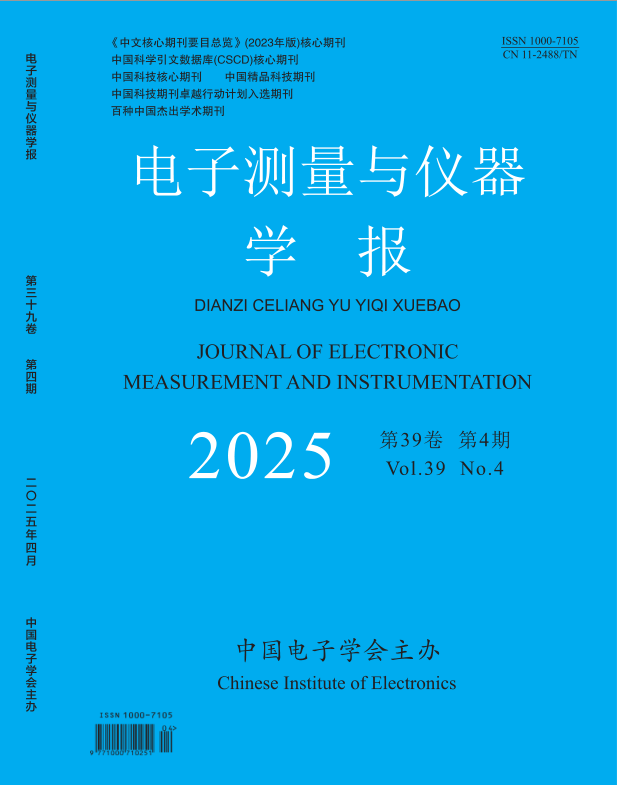2021, 35(9):119-128.
Abstract:Aiming at the online fault diagnosis of power devices in the switched reluctance drive, an on-line diagnosis method of
transistors short-circuit and open-circuit fault is proposed based on DC component, spectral ratio eigenvalue and speed ripple coefficient
ratio, taking the asymmetric half-bridge power converter as the research object. According to the characteristics that the DC component in
the phase current tends to be zero after an open circuit fault occurs in the power converter, and the DC component spectrum increases
rapidly after a short circuit fault occurs, the calculation method is improved on the basis of diagnosing the short-circuit fault by using the
relative spectral ratio coefficient. The concept of the characteristic value of the spectral ratio is introduced, and the amplitude of the DC
component and the characteristic value of the spectral ratio are used to detect the fault type, avoiding the adverse effect of a large number
of calculations on the online diagnosis. According to the different characteristics of the speed pulsation change after the short circuit fault
of different transistors in the same phase, the speed pulsation coefficient is applied to the fault diagnosis, and the ratio of the speed
pulsation coefficient is used as speed ripple characteristic value, the change of the speed ripple characteristic value is used to locate the
faulty component. This method can quickly detect the fault type, fault phase and locate the faulty component, which solves the
shortcomings of the current online diagnosis method, such as long response time, large amount of calculation, and hard to find faulty
transistor. Finally, simulations and experiments verify the feasibility and effectiveness of the method.
